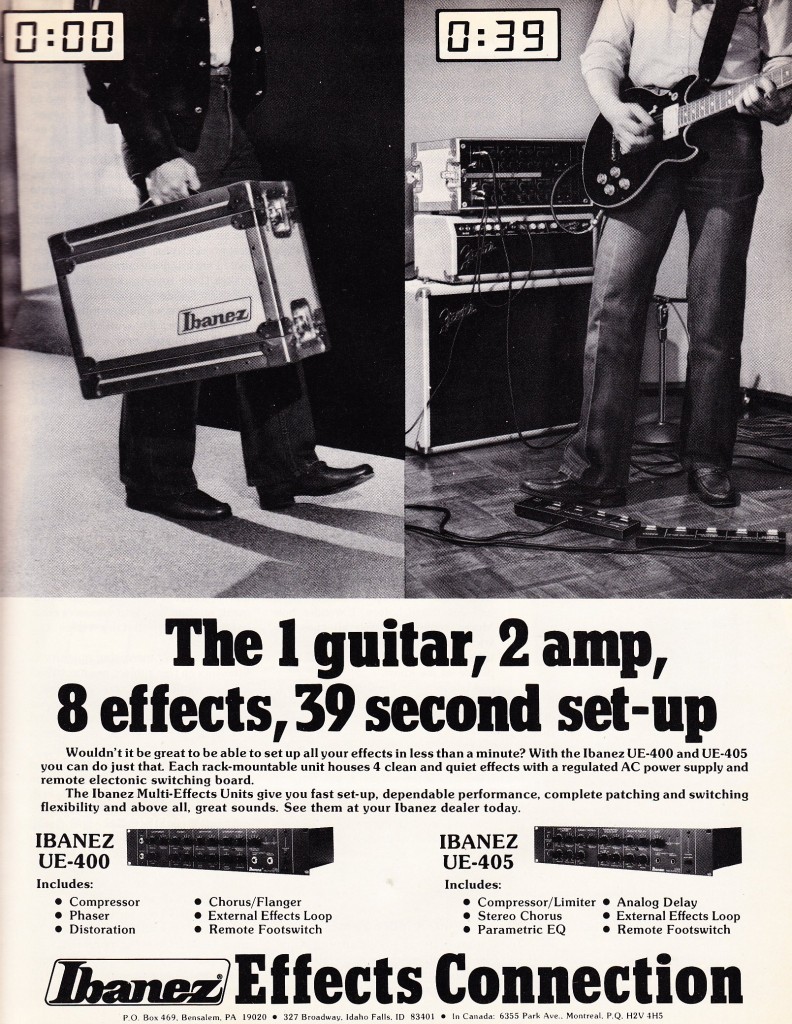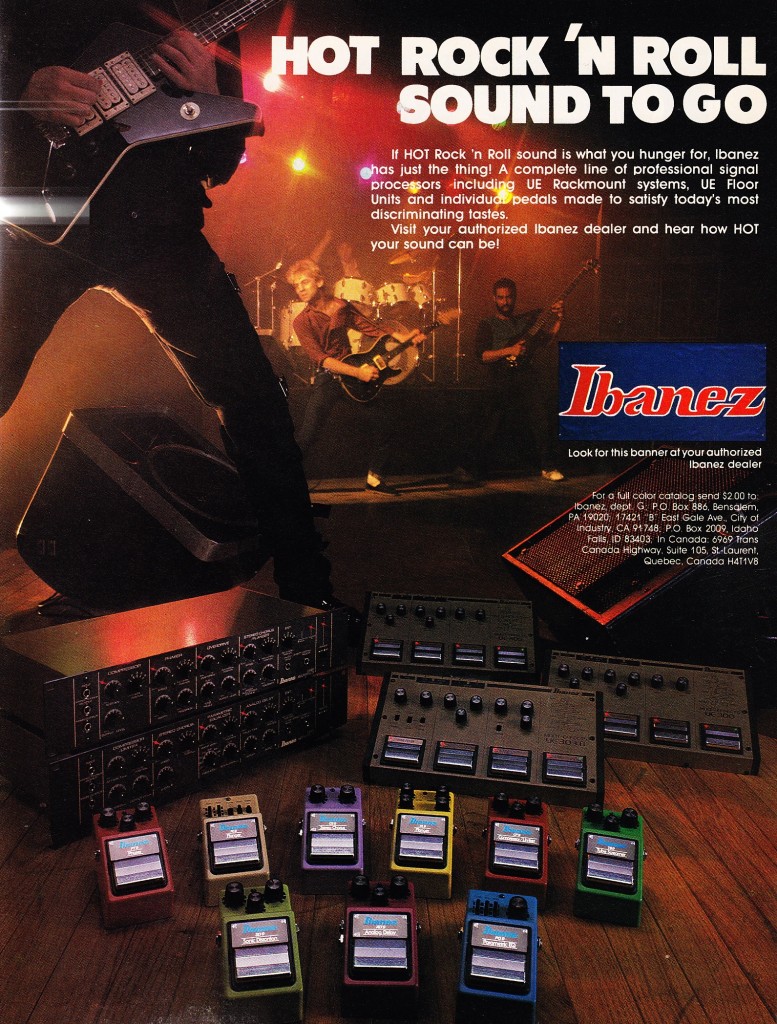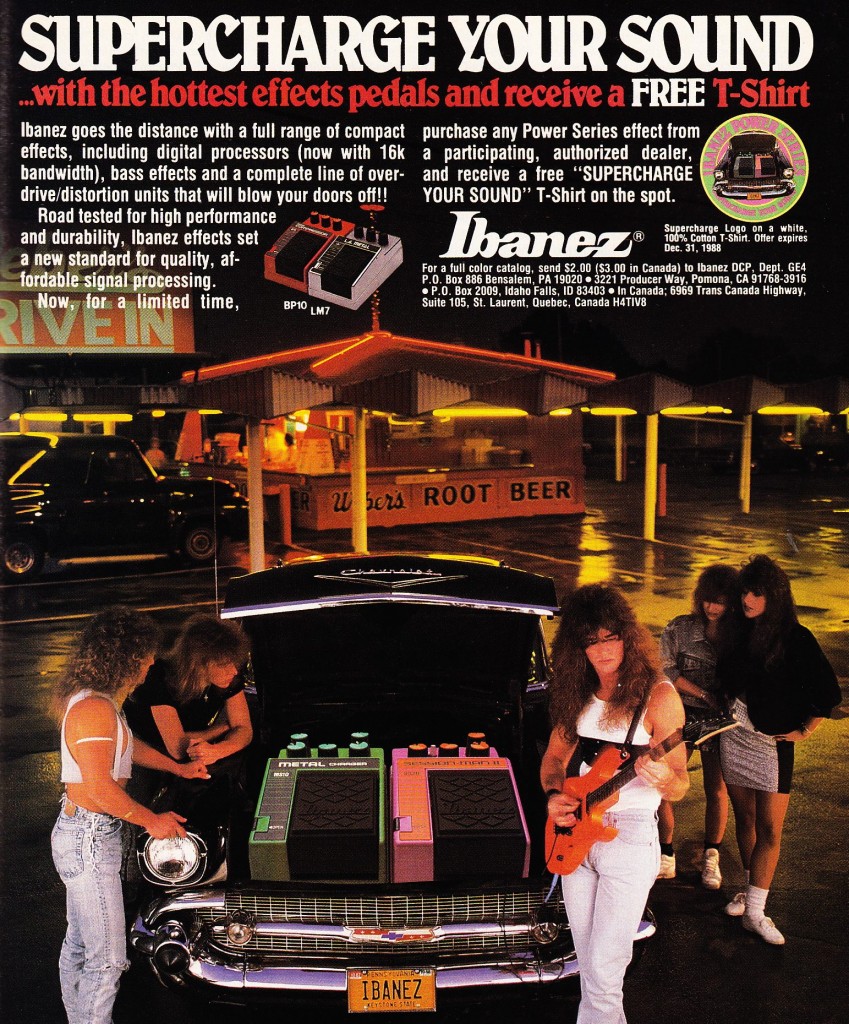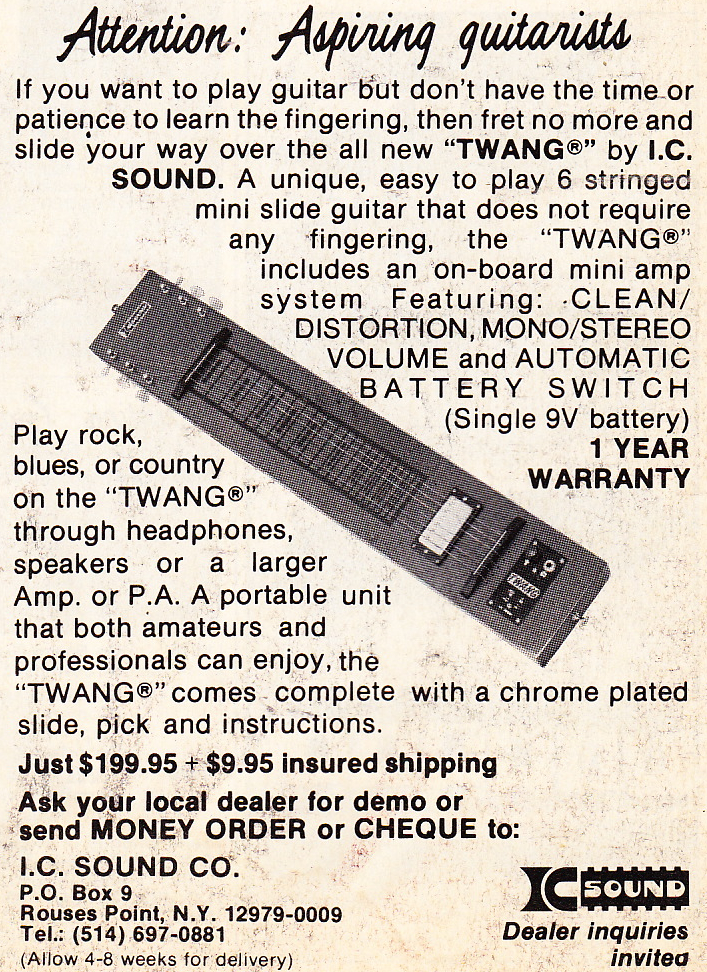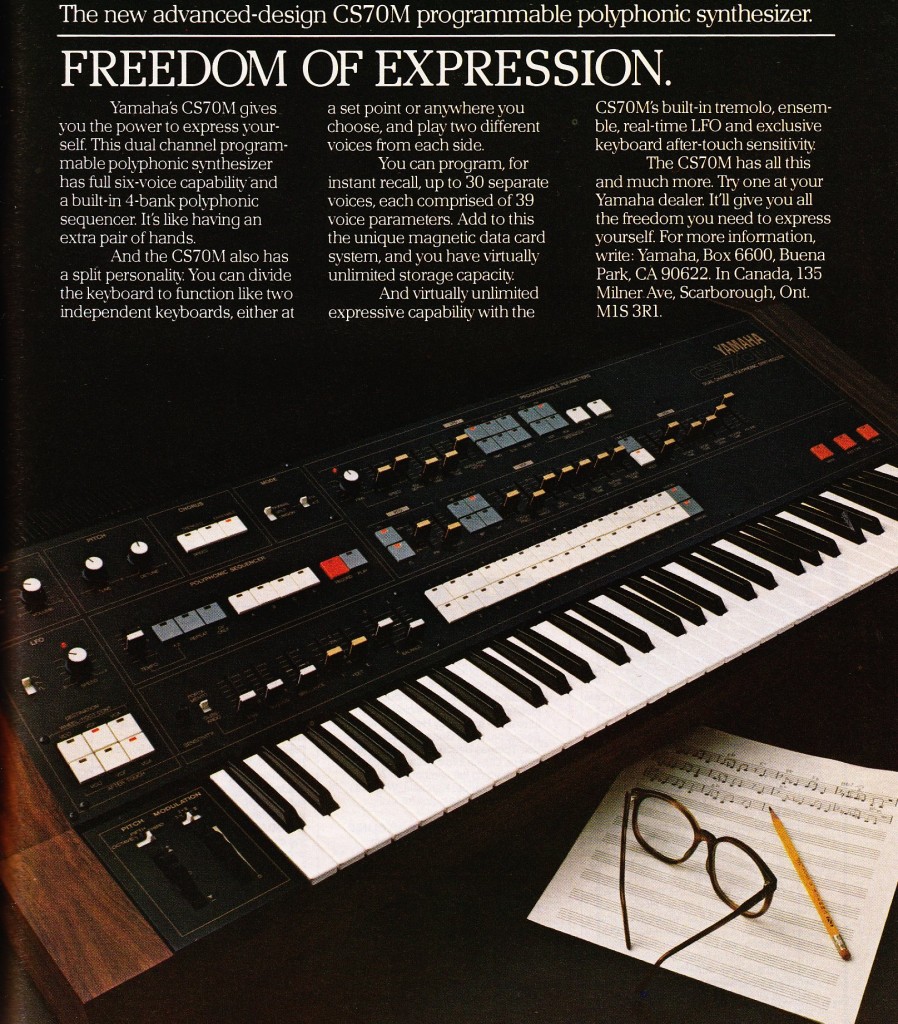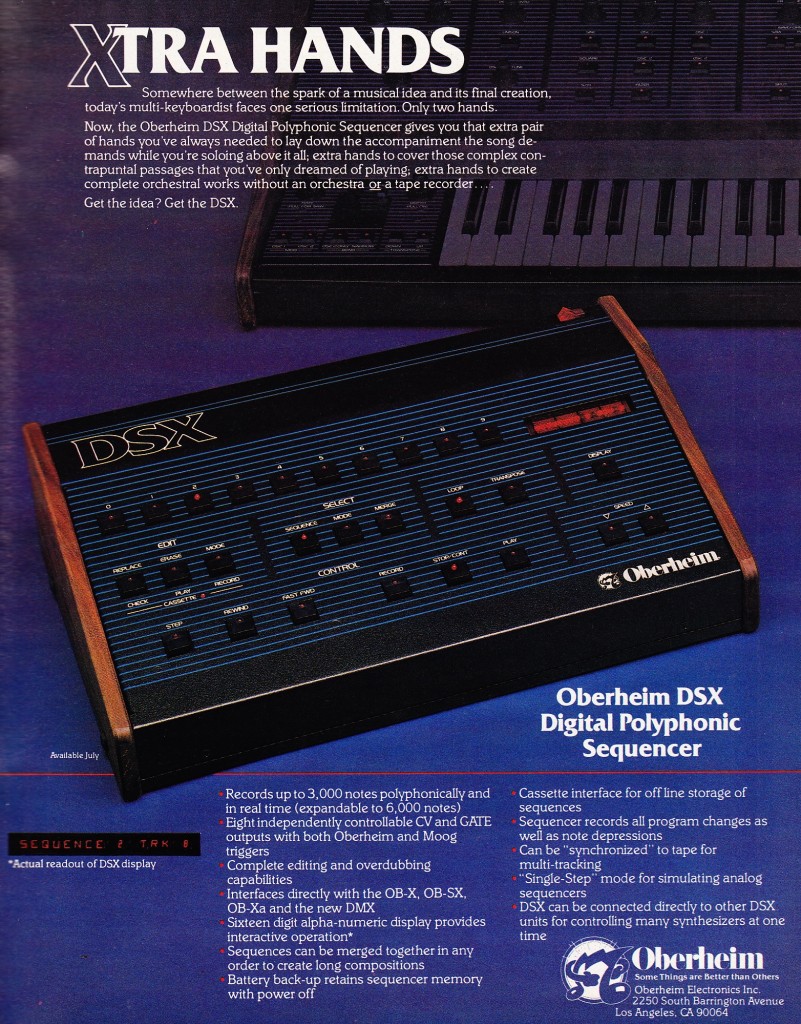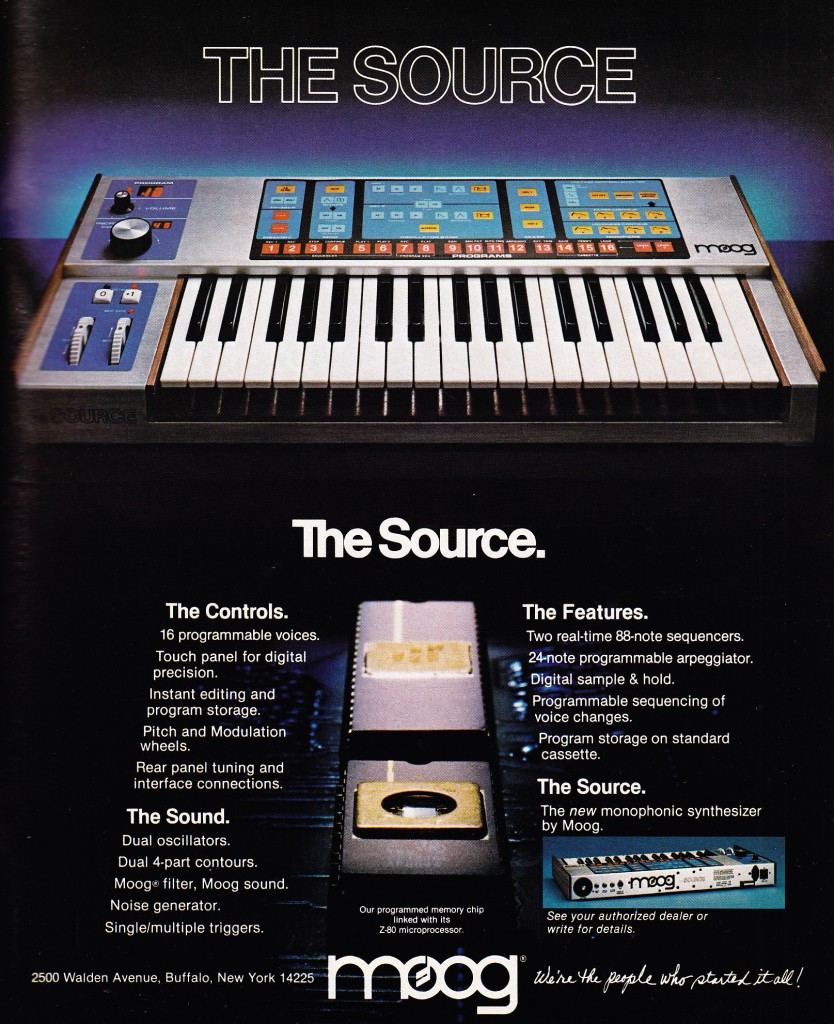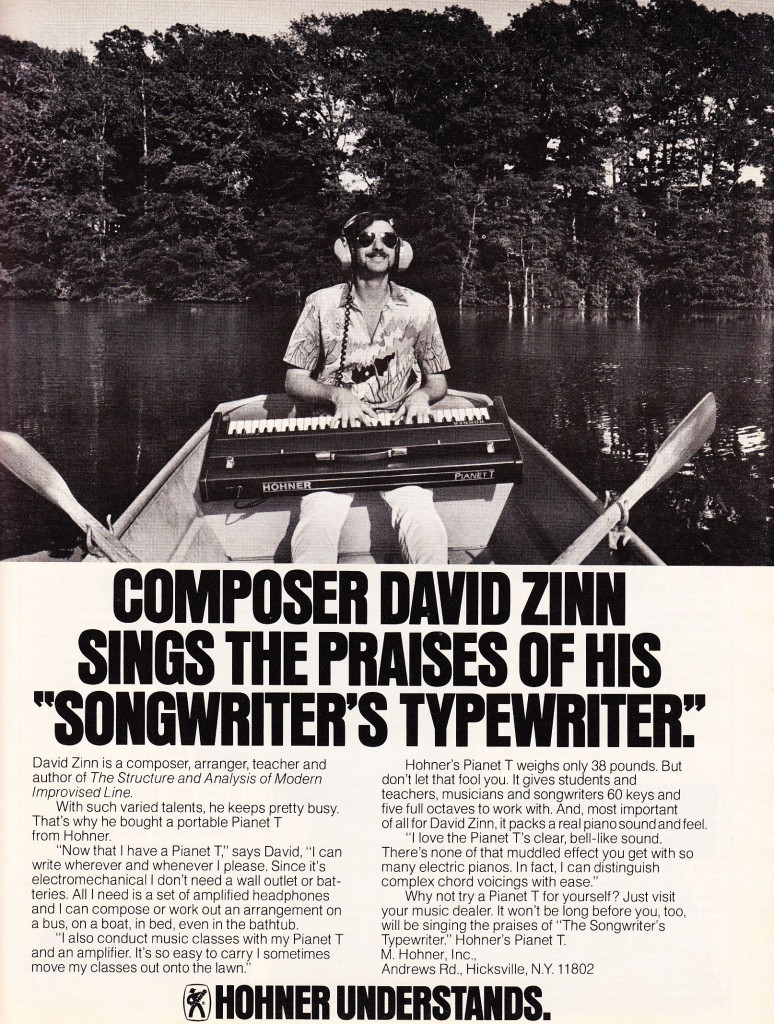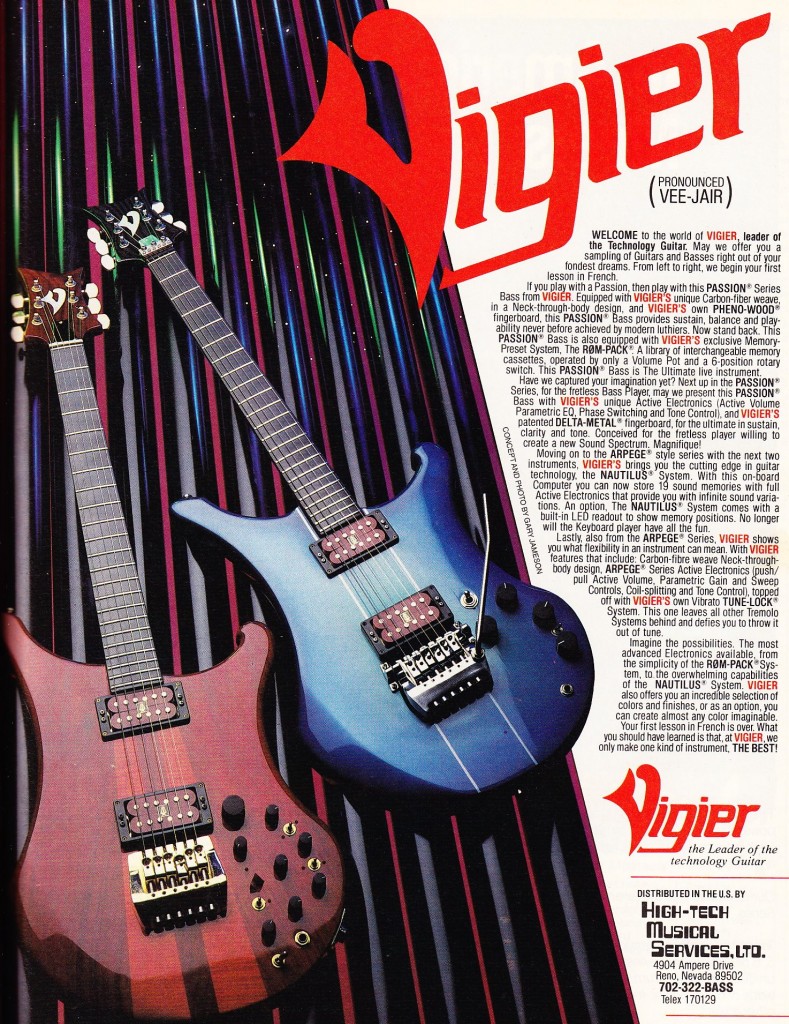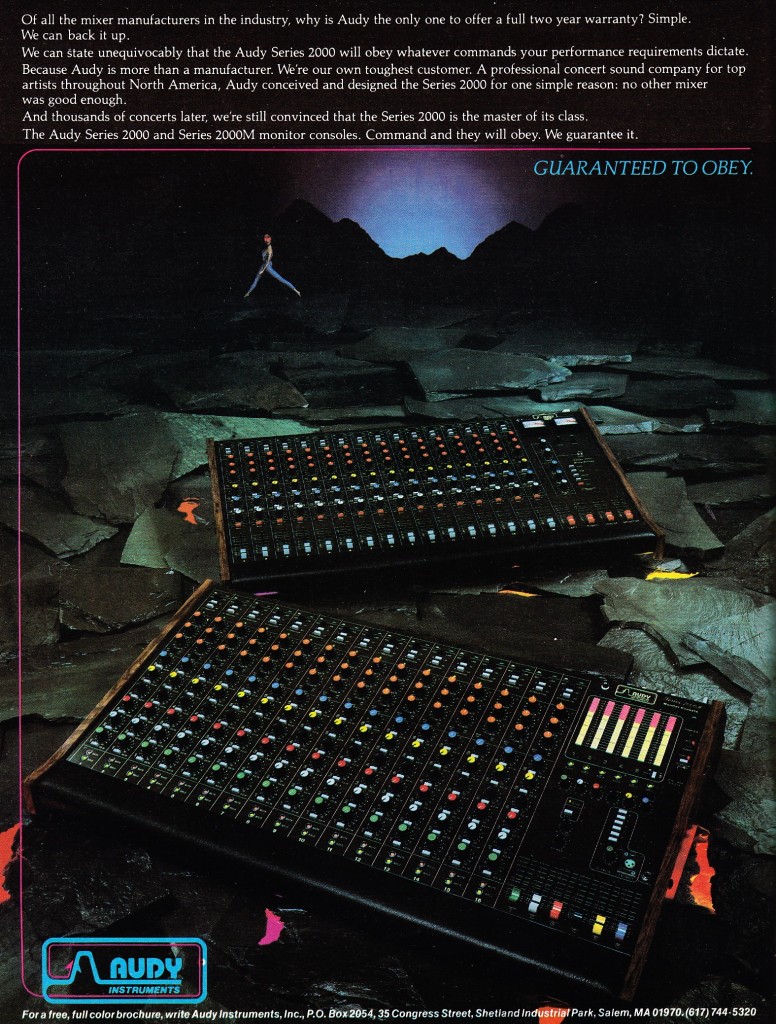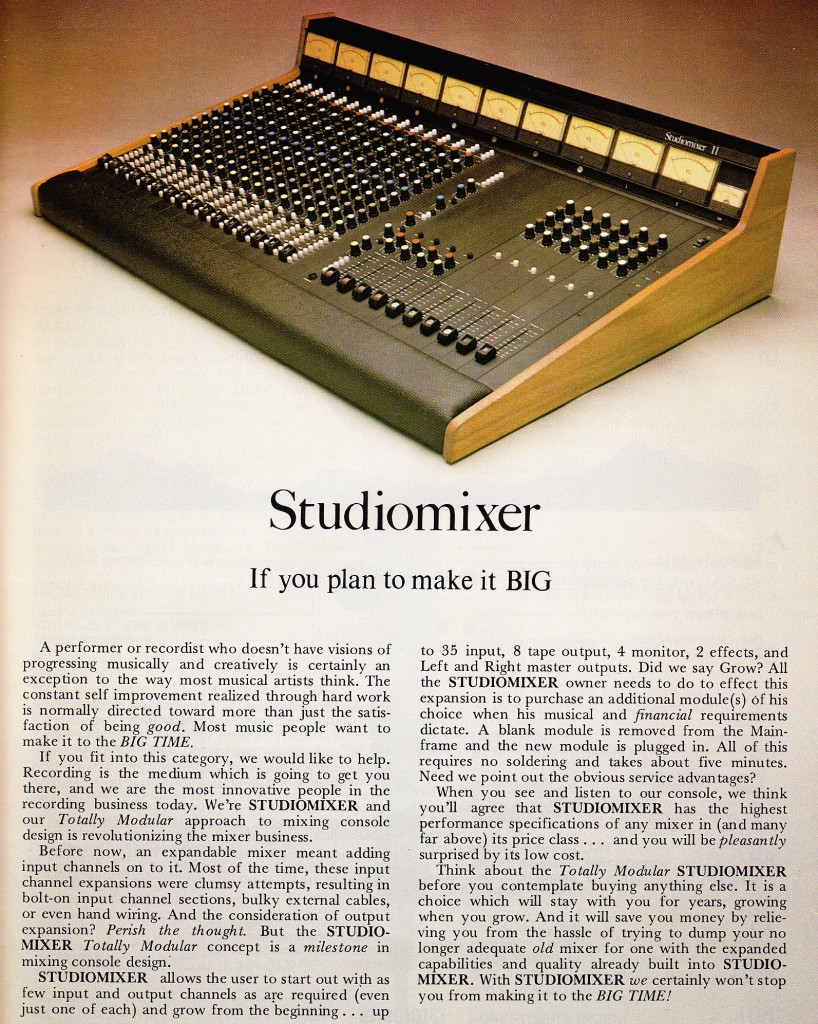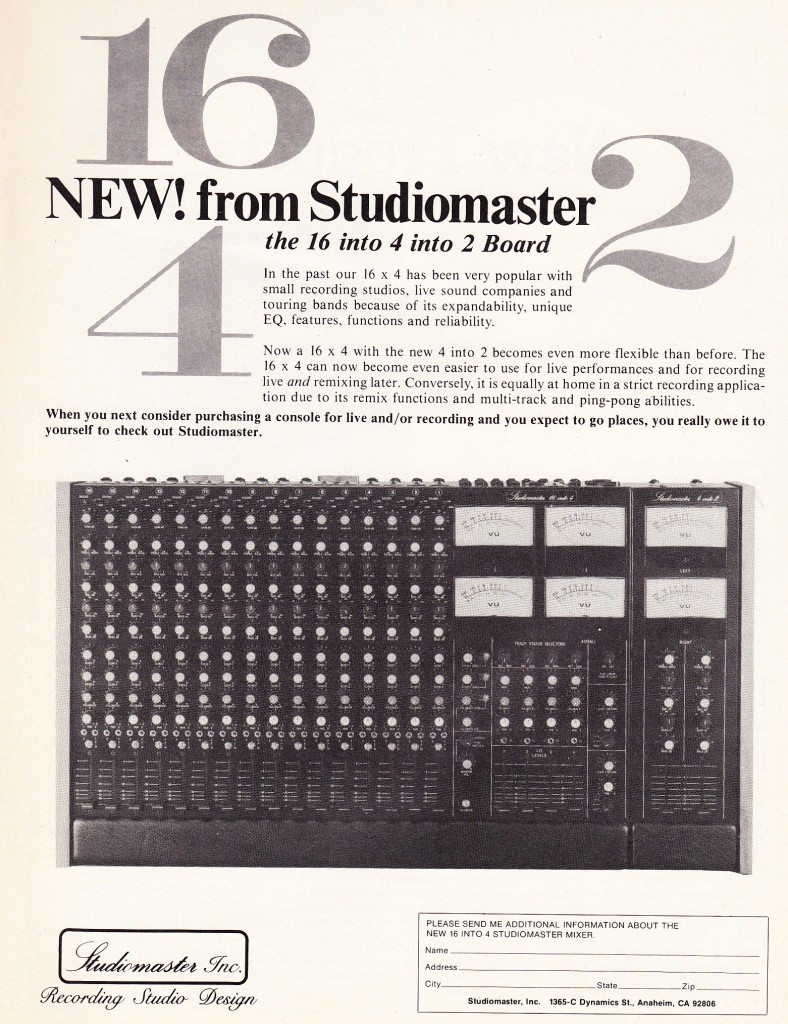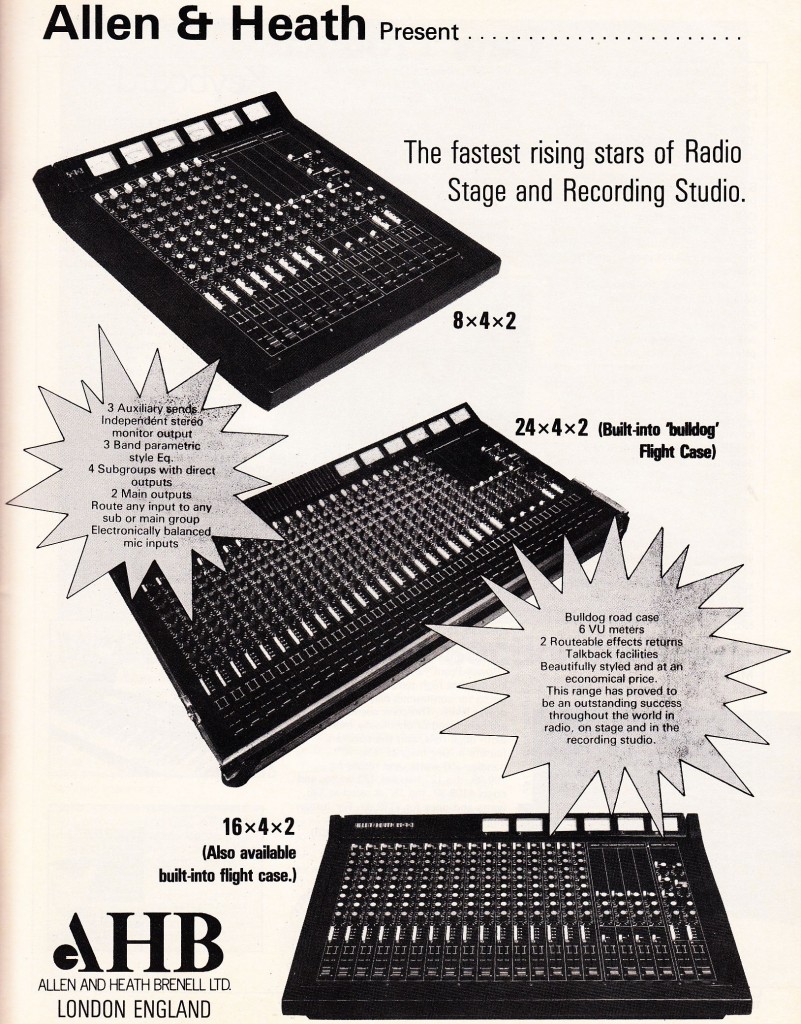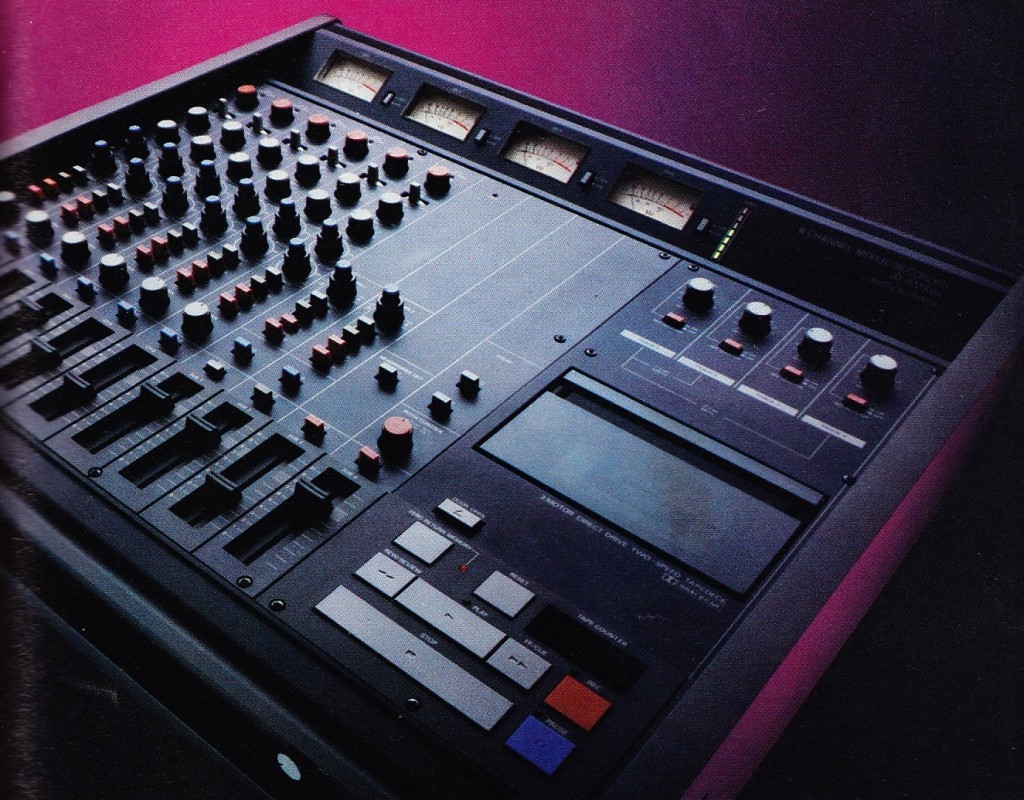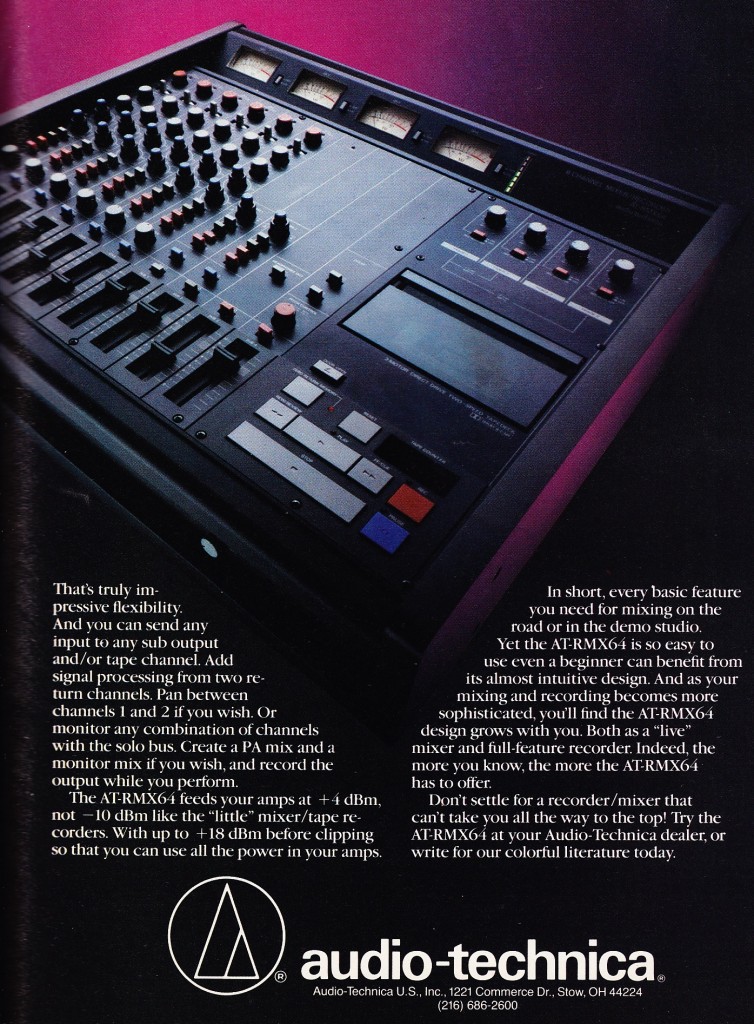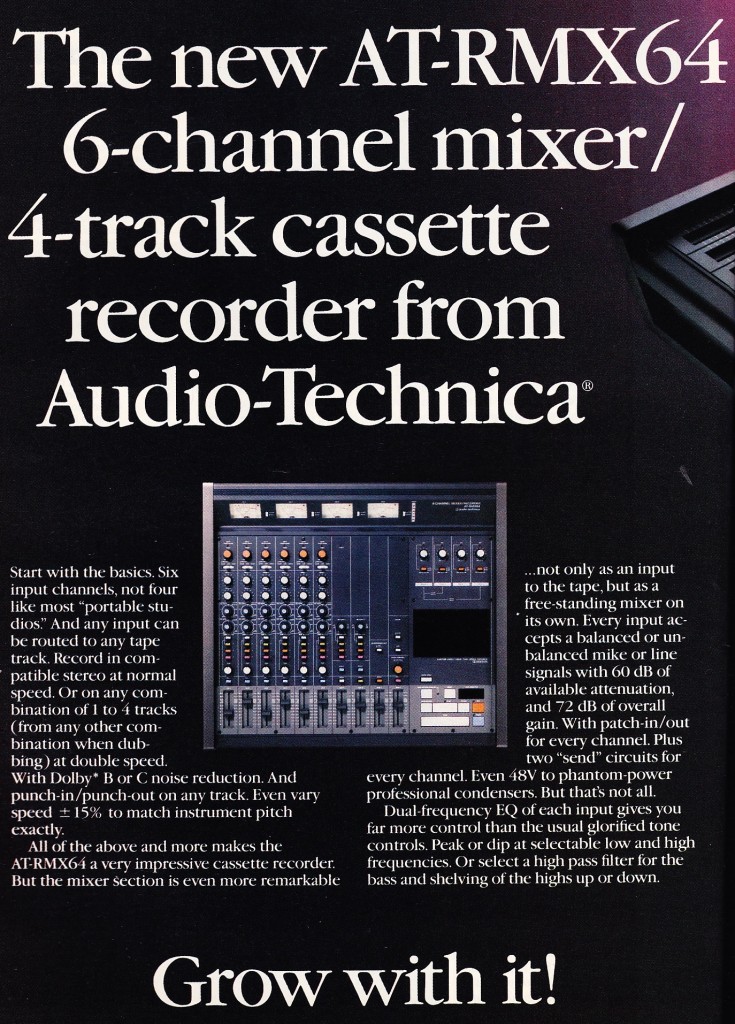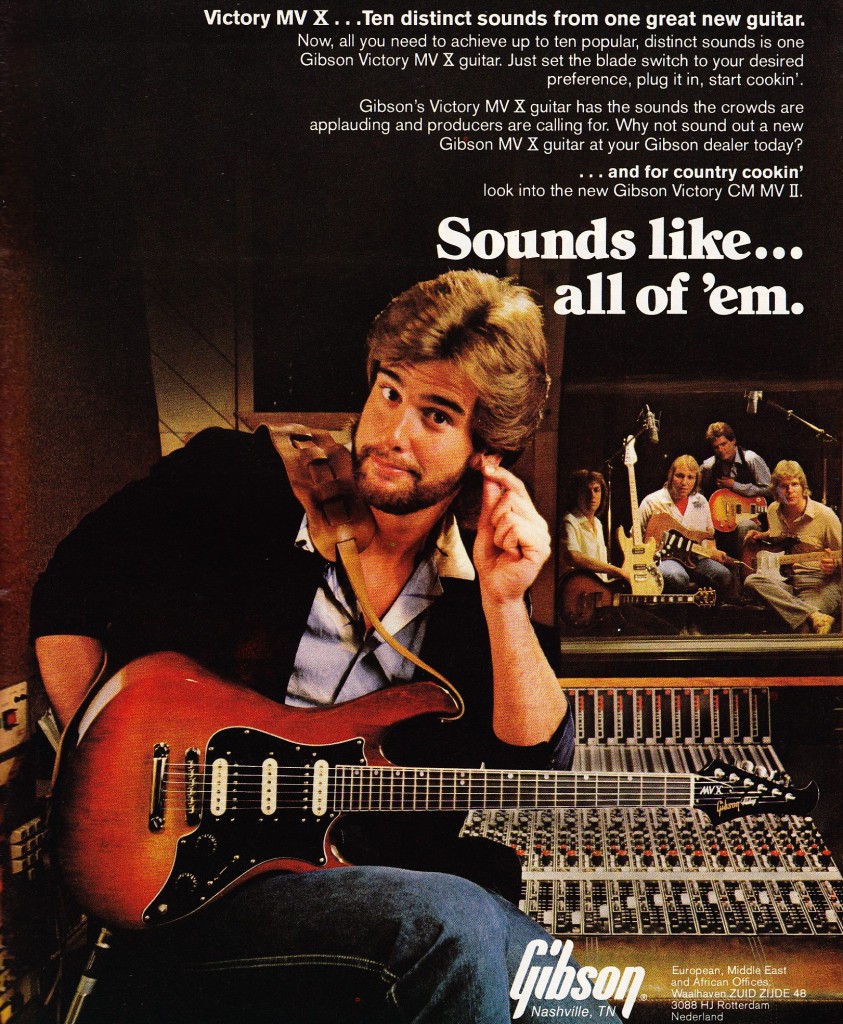
This is a guitar advert from 1982 (American, Dean Guitars INC)
When the term “rock” (as a verb) was first introduced into pop-music parlance, it was a code-word for coitus.
You know, ‘relations.’
Fucking, ok?
When early ‘rockers’ sang about ‘rock all night,’ ‘i wanna rock,’ ‘rock my baby,’ ETC., they were not describing some circular or even elliptical motion by which to move through space. The books of Nick Tosches, esp. his volume on Jerry Lee Lewis, go into great detail about the etymology of ‘rock’ as used in 20th century popular music, so I don’t need to retread all that. The whole concept of ‘rock,’ ‘rocking,’ etc., was a genius songwriting concept that allowed songwriters and recording artists to talk to their teenage-audience about the ONLY thing on their teenage minds without alarming parents or the FCC. Anyhow, my point is: the one-to-one literal substitution of ‘Rock’ for ‘Fuck’ in early ‘rock-music’ is something that we can all pretty reasonably agree on.
Which is why the whole phenomenon of bands ‘rocking’ their audience is more than a little confusing. When a band-of-bros takes the stage and announces that they are going to ‘rock’ a crowd, they are clearly not announcing their intentions to pursue intercourse with every member of the audience. And when the audience responds positively to this outburst from the stage, they are certainly not all expressing excitement at the impending ‘penetration’ from the band-members.
So what exactly do we mean today when we talk about ‘Rock’ or ‘Rocking’? What exactly does it mean to ‘Rock’ and/or ‘to be-Rocked’ ? Is it perhaps ‘to-be-brought-to-a-heightened-sensual-state similar-in-intensity-to-that-of-actual-sexual-arousal? Or is ‘Rock’ an externalized, commodified imitation of that internal, personal state? Or is ‘ROCK’ simply an industrial term, I.E., does (anything that is part of the economic system of packaging and presenting musical performers) (of a certain stripe) = ‘rock’?
And perhaps most oddly, what do we make of (very regular, for the past 40 years) pronouncements that ‘Rock Is Dead’?
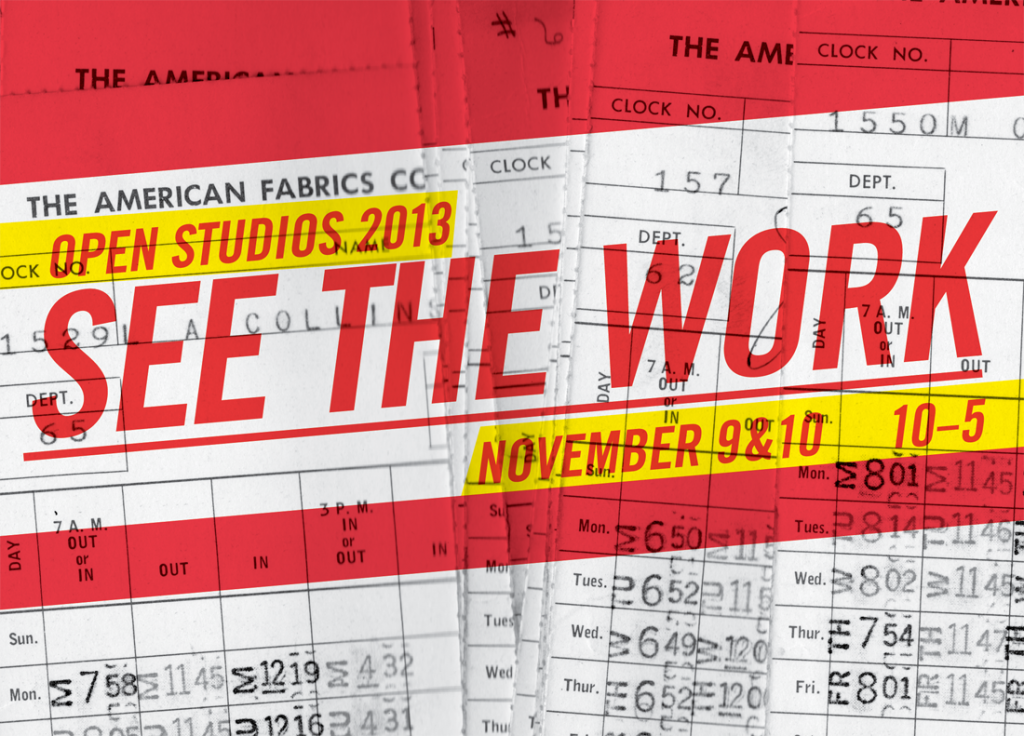 hi y’all – the Bridgeport CT annual artists-open-studio event will take place in three weeks. Preservation Sound will take part in the festivities once again. If you are in the NY metro area, it’s a free event + worth coming by; we have many fine practitioners of varied stripe in the former American Fabrics factory: fine art photographers, textile artists, painters, sculptors, and some indefinable.
hi y’all – the Bridgeport CT annual artists-open-studio event will take place in three weeks. Preservation Sound will take part in the festivities once again. If you are in the NY metro area, it’s a free event + worth coming by; we have many fine practitioners of varied stripe in the former American Fabrics factory: fine art photographers, textile artists, painters, sculptors, and some indefinable.
